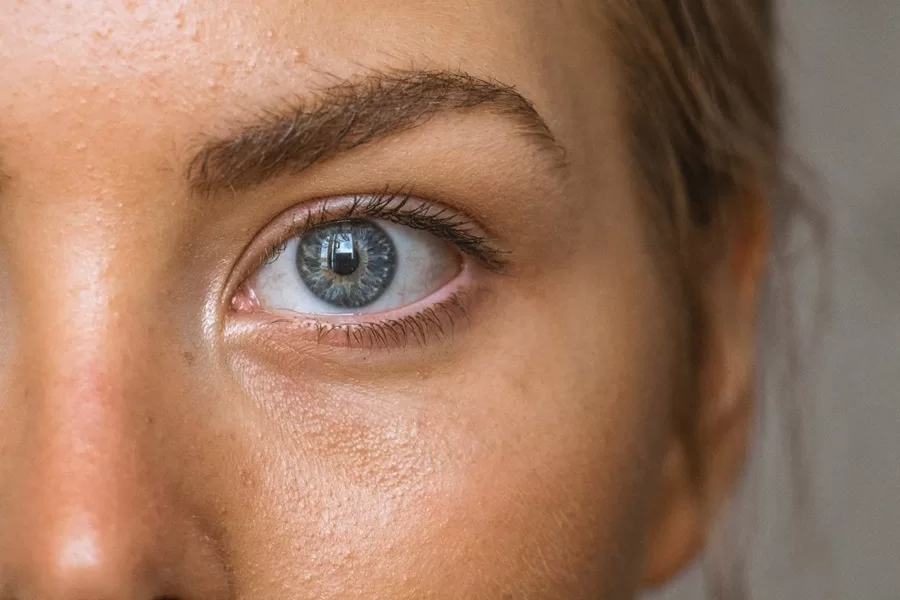Health
New Insights in Presbyopia: Understanding Risk Factors and Management

Presbyopia cases are rising worldwide. In 2015, 1.8 billion people globally had presbyopia, and according to a Contact Lens and Anterior Eye study, this number is projected to rise to 2.1 billion by 2030. Presbyopia is an ocular condition characterised by the eyes’ gradual inability to focus on nearby objects. This is because the eyes’ lenses can become stiff over time due to ageing. As a result, the ability to perform tasks that require near or immediate vision, like reading and writing, is compromised.
Although ageing is often considered the leading risk factor for the development of presbyopia, new insights suggest that other risk factors can also exacerbate the condition. Latest developments in vision correction tools have also introduced promising results for managing presbyopia. Here’s what you need to know:
Risk factors
Genetic risk factors can play a crucial role in eye health. The development of optic neuritis, which occurs when there is swelling around the optic nerve, is associated with the prevalence of genetic variants linked to developing multiple sclerosis. The presence of these genetic variations increases the risk of multiple sclerosis, which can cause the inflammation of the optic nerve. In the case of presbyopia, research shows that some genetic markers can also increase its development. Mutations in the crystalline alpha A gene can lead to presbyopia, while polymorphism in the PPARGC1A gene is associated with early-onset presbyopia.
Aside from genetic risk factors, other ocular conditions can also aggravate the development of presbyopia. A BioMed Research International study found that a short tear breakup time, caused by poor tear film and a typical symptom of dry eyes, can exacerbate presbyopia progression, especially among women. The study suggests that dry eyes may significantly impact presbyopia in middle adulthood, highlighting the need for necessary interventions to prevent eye fatigue and dry eyes. Presbyopia and dry eyes can also significantly compromise the quality of life in middle and older ages since both conditions can make it difficult to focus on close work.
Presbyopia management
Studies have mentioned that stopping or reversing the natural ageing process that can cause presbyopia is impossible, but there are ways to correct and improve vision. Using reading glasses is a common and effective vision correction tool for people living with presbyopia. These glasses help bend or refract light that enters the eyes, focusing it on the retina to help presbyopia patients see near objects clearly. Today, it’s possible to quickly access reading glasses through e-commerce platforms that let customers find specs based on diopter or lens power and frame style.
Recent developments and studies on presbyopia-correcting intraocular lenses (IOL) have also introduced groundbreaking innovations in eye care. In a Nature study published in April this year, researchers found that using presbyopia-correcting IOL can provide better quality of vision for patients who underwent refractive surgery. These lenses replace the eyes’ natural lenses to give the accurate vision power needed by presbyopia patients. Prescription eye drops for presbyopia are another promising development, especially for people not yet ready to undergo corrective surgery, as these artificial tears provide patients with temporarily increased depth of field and vision sharpness.
Presbyopia is a common ocular problem affecting people worldwide. Recent discoveries in managing the condition and new insights into its risk factors can provide promising developments in eye care treatment. For more on business and health news, visit the Global Brands Magazine website.


















































